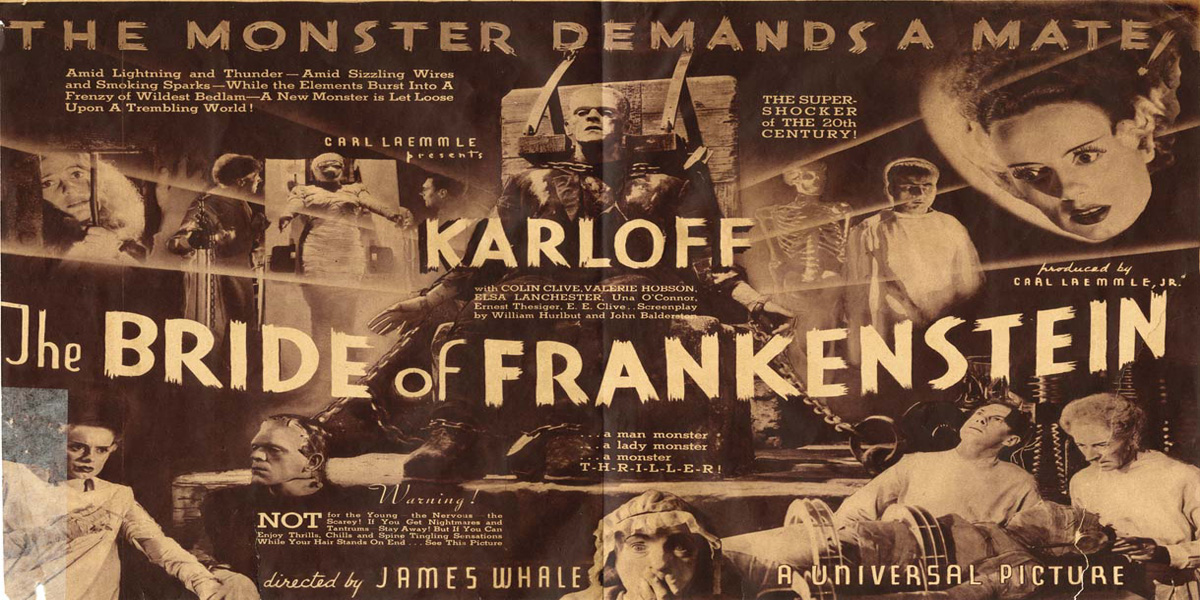In the early 20th century, Universal Pictures with the leadership of Carl Laemmle, Jr made the studio go in a new direction after his father Carl Laemmle, Sr gave him the company at only 21 years of age. Carl Laemmle, Jr decided to go into the direction of horror films because he knew that the audience was ready for something new and fresh. After some pitches from the great writers that the studio had he gave a go ahead to some of the most famous monster movies of all time. Frankenstein 1931, Dracula 1931, The Mummy 1932, The Invisible Man 1933 and Bride Of Frankenstein 1935 which happens to be some favorites of yours truly.
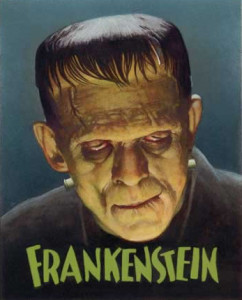
In 1931 Peggy Webling‘s play based on Mary Shelley’s novel was released to the public to 72 performances, the reviews were mixed but that didn’t deter Universal Pictures (Also known as Universal Studios) into buying the rights to adapt the novel into a film, they decided to keep Webling’s naming of the monster after his creator Victor Henry Frankenstein, borrowing his last name as a father would to his child because he brought life into him. In April 1931 bought the film rights to an unproduced American adaptation of Webling’s play and told John L. Balderston to pen an early draft of the Frankenstein script, it was then re-written by William Hurlbut. Balderston disliked Webling’s play calling it.
Illiterate and inconceivably crude
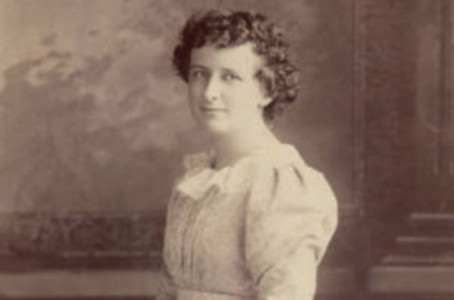
So to sweeten the deal Universal Pictures gave the playwright’s $20,000 plus one percent of the gross earnings on all showings of any films based on their dramatic work which back in the 1930’s during the depression was a great deal for all parties as the studio budgets were quite costly and had to be budgeted quite well. On November 21st, 1931 the film Frankenstein was released to excellent reviews and doubled it’s box office take, critics praised the production values as well as story but it also was called blasphemous and had to have the girl drowning scene cut out in Massachusetts, Pennsylvania and New York.
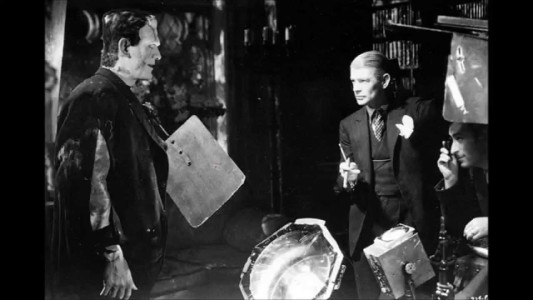
After the success of Frankenstein the studio decided to make a second film 4 years later with Boris Karloff reprising the role of Frankenstein’s Monster and Colin Clive as the maddening Henry Frankenstein. In 1935 Bride Of Frankenstein had two premiers upon its release, one was on May 10th in New York City and the other was on April 22nd in Los Angeles.

With a budget of $397,023 ($8.55 million dollars as of 2015)-almost the same budget as the original Frankenstein film, it got the go-ahead and was scheduled for an estimated 36-day shooting schedule and started shooting on January 2nd, 1935. The production was $100,000 ($1.72 million dollars as of 2015) over budget. Jack Pierce arguably the best make-up artist for film of all time created Frankenstein’s monster make-up and worked closely with Karloff on the effects aspect of the monster.
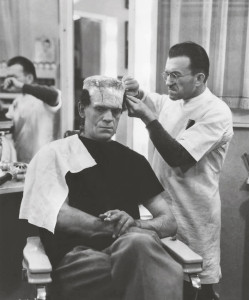
Bride Of Frankenstein happens to be my favorite film out of the two Frankenstein films with Colin Clive in, sadly he suffered with severe chronic alcoholism and suffered with his condition for a long time until contracting tuberculosis and passed away at the tender age of 37 in 1937. Most of the cast made many more films with Karloff as a movie giant making quite a few films himself.
A monster raises from the water as debris falls into the darkening depths, Frankenstein’s Monster lives once again with a different attitude towards life. He is clever in this film and can even say full sentences, Henry is suspected dead but is found by his fiancée Elizabeth who takes him back to his ancestral castle home. He stirs and she finds out he is still alive, the villain in the film comes onto the screen but with a very unconventional attitude and personality way ahead of it’s time. His name is Doctor Septimus Pretorius who is often classified as camp or homosexual as he’s often flamboyent and over the top with his mannerisms. The whole movie is lightened by his presence as he’s never menacing in the traditional horror sense, because of the way he acts and what he does. Dr. Pretorius tantalizes and teases Dr. Frankenstein to build a new monster. When he say’s no he asks the monster who he uses like a pawn to gather the right specimen and find a woman because the monster is lonely.
Elsa Lanchester plays the bride who you meet for only 5-6 minutes but her performance leaves you speechless as she hisses at the monster and is truly hauntingly breathtaking.
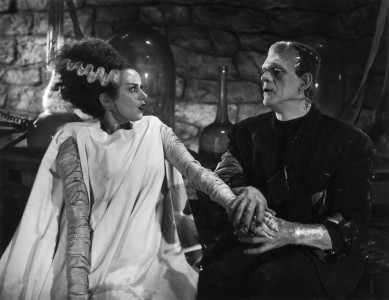
Delving into this review has been both a pleasure and a treat because it’s close to my heart as it’s one of my favorite films of all time. The production values are always breathtaking with a stand-out mention to the scene with Frankenstein on the cross, it parallels Jesus Christ on the cross thanks to cinematographer John J. Mescall . The imagery of the movie focuses quite a lot on religion and creationism as well as what the future holds for science and the horrors we can create given the chance. The acting is never cheesy or wooden because to be a monster and be human at the same time was an incredibly difficult feat to achieve especially in all of his make-up, the director James Whale was a director that knew what he wanted. To create a masterpiece such as this in a short amount of time would take a genius to make and it surely shines on the screen as no shot is out of place, he tied the movie in a tightly made bow for Franz Waxman to destroy with his beautiful score.
10/10

